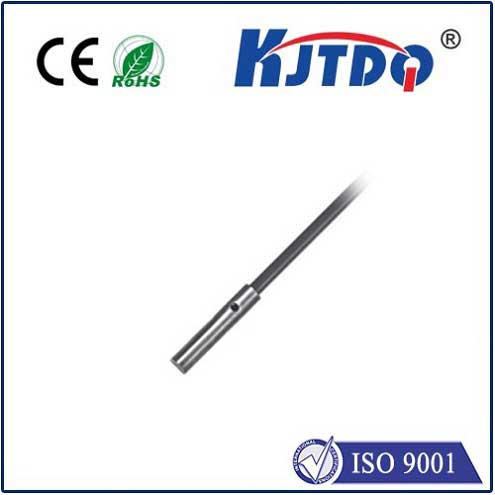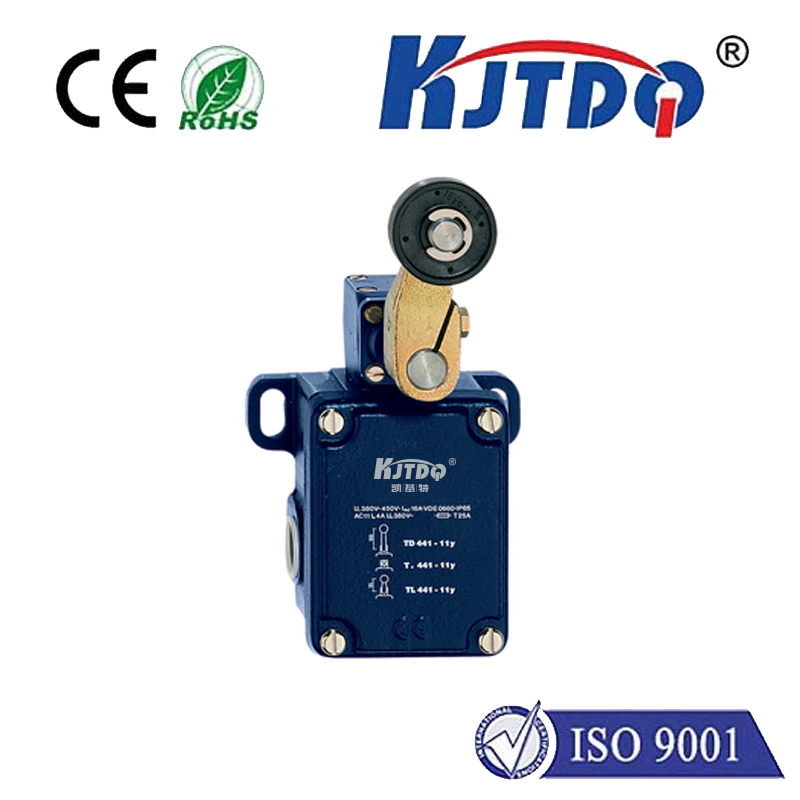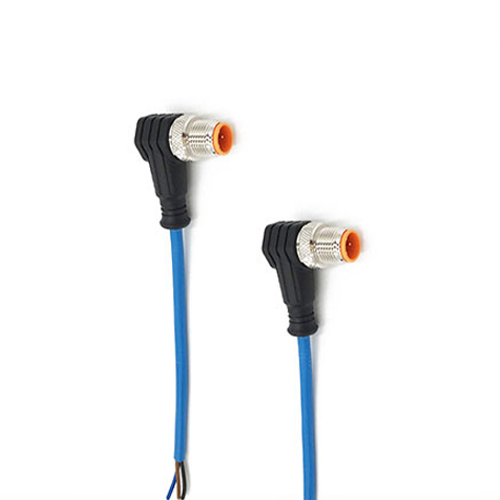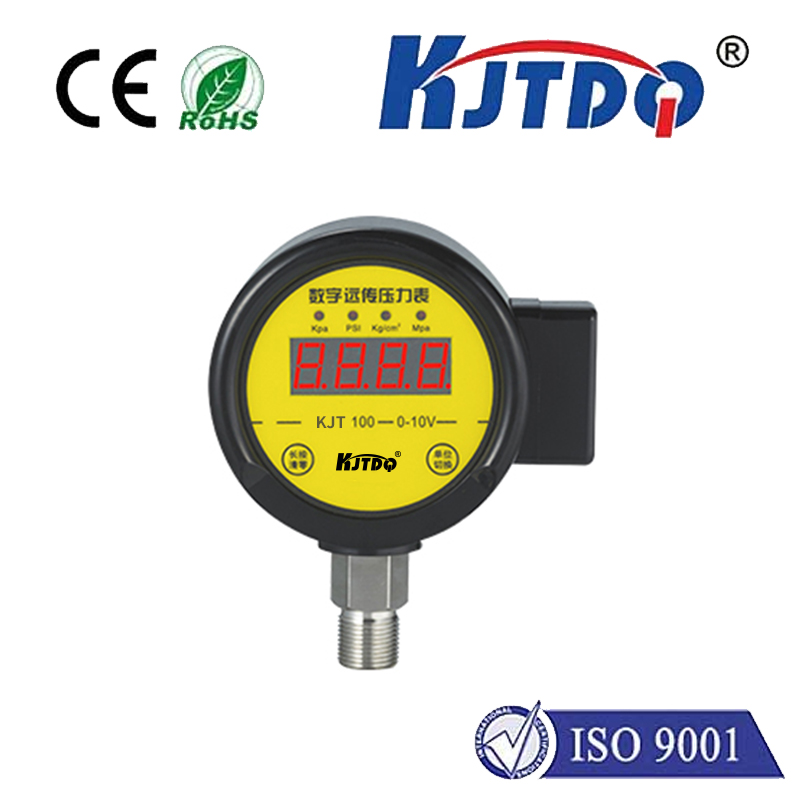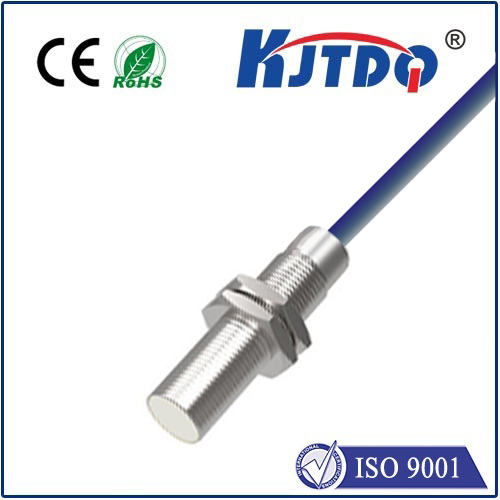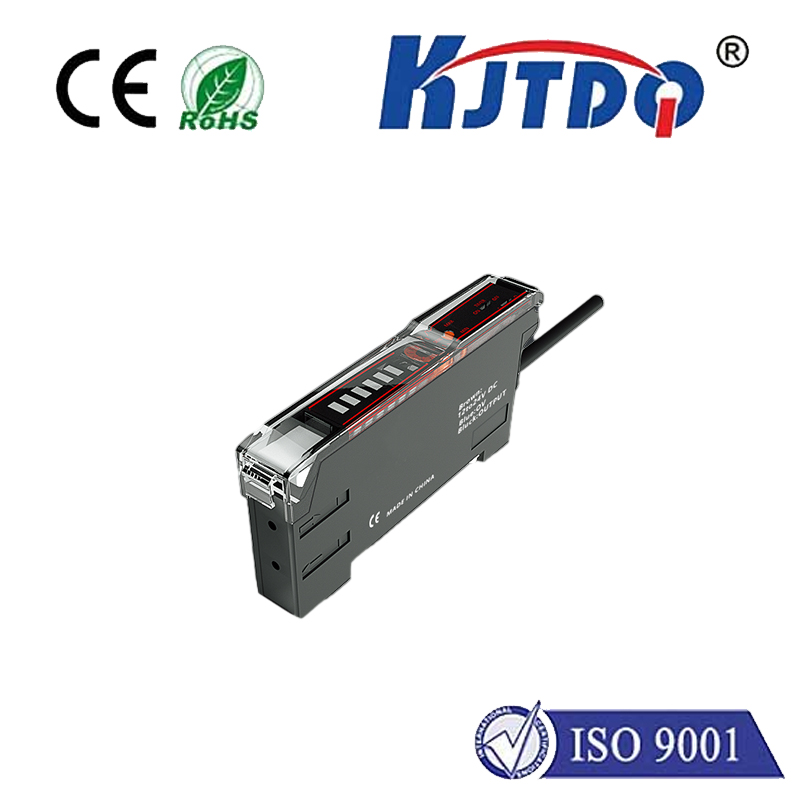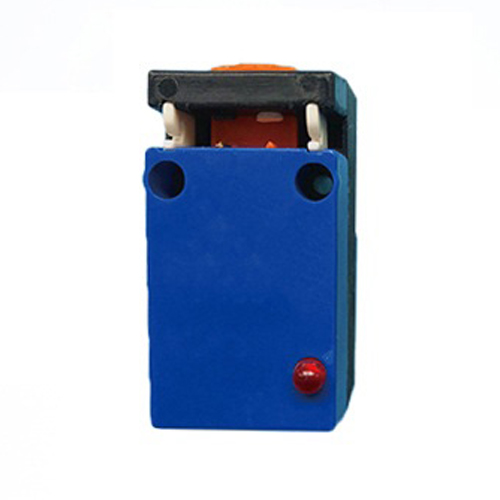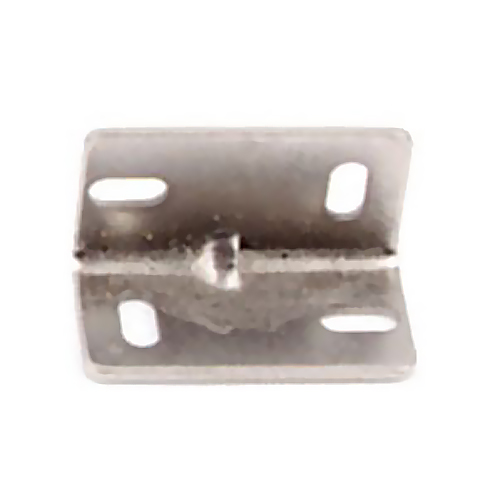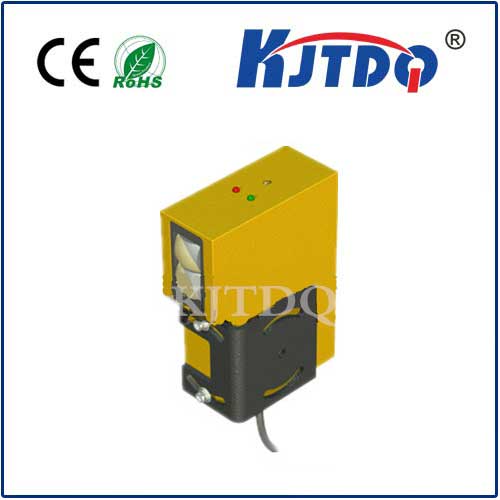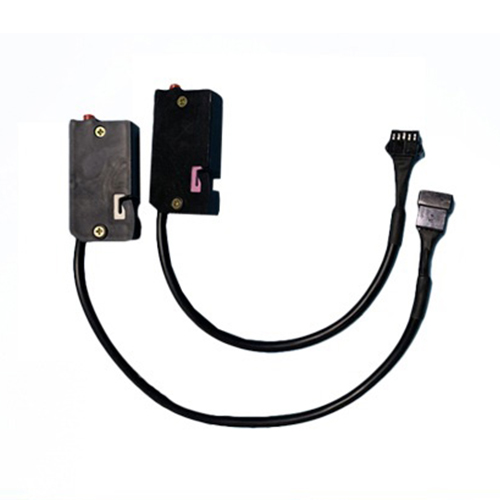

check

check

check

check

check

check

check

check

check

check
Introduction:
Proximityswitches are an essential component of modern control systems, power management devices, and other electronic devices. They help to detect the presence of objects or people and trigger actions accordingly. There are different types of proximity switches available based on their operating principle, detection range, and response time. This article will provide a comprehensive understanding of the various types of proximity switches and their applications.
Classification based on Operating Principle:
There are two primary ways in which proximity switches operate - magnetic and optical. The former uses a magnetic field to create a barrier between the switch and the object, while the latter uses infrared light to detect the presence of objects. Each type has its advantages and disadvantages, and it's essential to choose the right one based on the specific requirements of the application.
Magnetic Proximity Switches:
Magnetic proximity switches work by using a magnetic field to create a barrier between the switch and the object. They are simple to use and have a long lifespan, making them ideal for applications where reliability is crucial. However, they require a clear path for the magnetic field to travel, which can be a problem in some cases.
Optical Proximity Switches:
Optical proximity switches use infrared light to detect the presence of objects. They are more accurate than magnetic switches and do not require a clear path for the magnetic field to travel. However, they tend to be less reliable due to the interference caused by ambient light sources.
Classification based on Detection Range:
The detection range of proximity switches can vary widely depending on the model and manufacturer. Some proximity switches have a detection range of only a few inches, while others can sense objects from several feet away. It's essential to select a proximity switch with the correct detection range for the specific application to ensure accurate triggering of actions.
Classification based on Response Time:
The response time of a proximity switch refers to the time it takes for the switch to trigger an action once it has detected an object. Some proximity switches have very fast response times, enabling them to act as proximities in high-speed applications such as industrial automation. Others have slower response times, making them more suitable for low-speed applications such as home automation.
Applications of Proximity Switches:
Proximity switches are widely used in various industries, including manufacturing, transportation, healthcare, and retail. In manufacturing, proximity switches are used to detect workers who need to be warned about potential hazards or who need assistance. In transportation, proximity switches are used to activate traffic lights or stop signs when cars approach them. In healthcare, proximity switches are used to trigger medical devices such as defibrillators or heart rate monitors. In retail, proximity switches are used to activate lighting or display screens when customers approach products.
Conclusion:
In conclusion, proximity switches are an essential component of modern control systems and power management devices. There are different types of proximity switches available based on their operating principle, detection range, and response time. Choosing the right proximity switch depends on the specific requirements of the application and ensures accurate triggering of actions.
